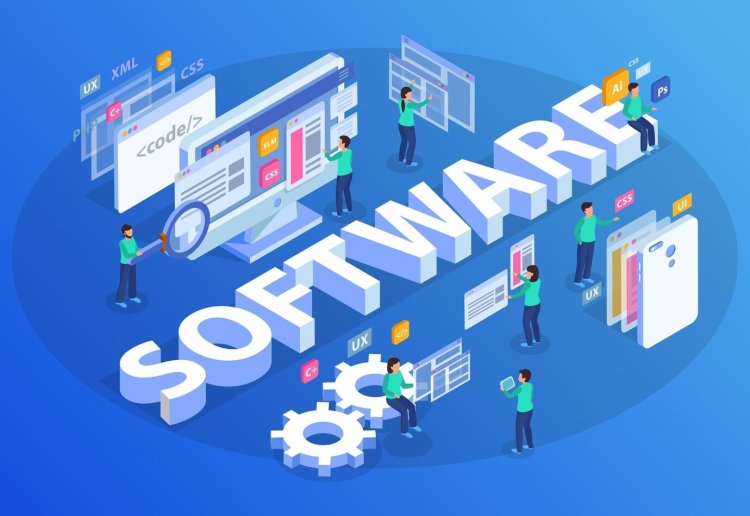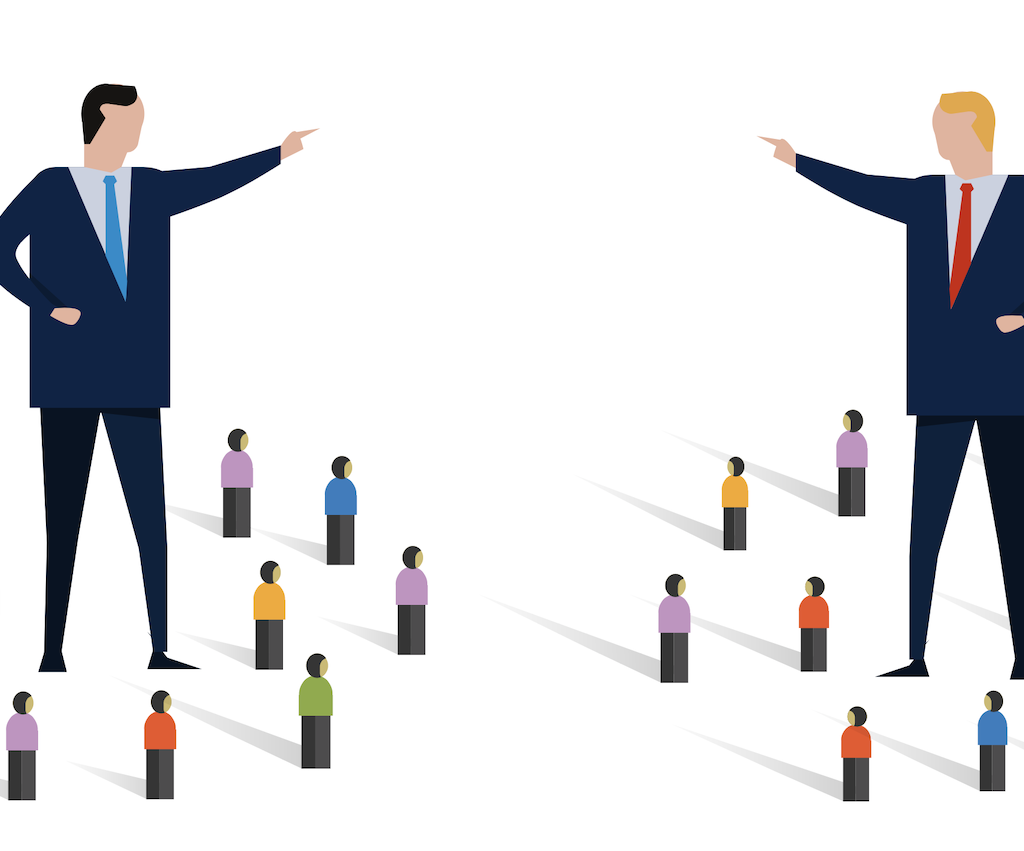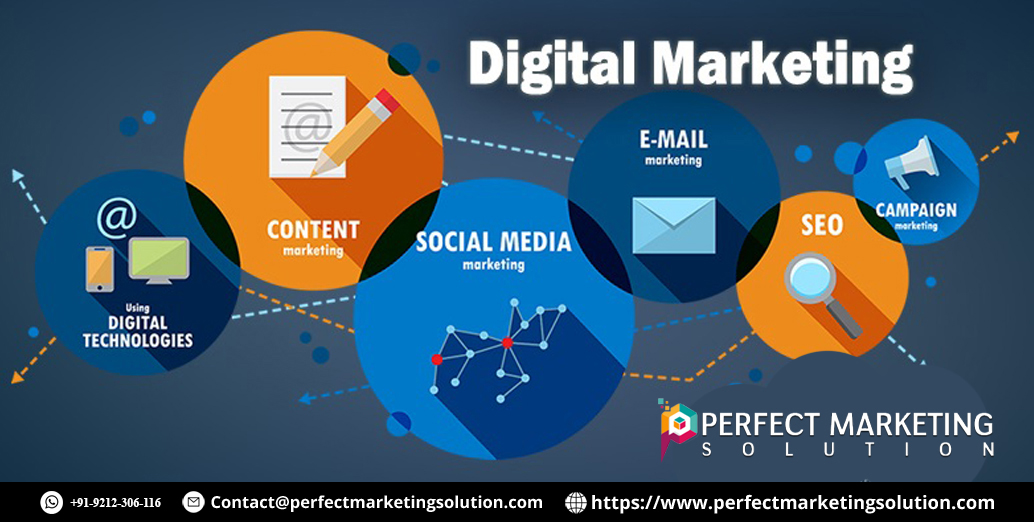How a Sustainability Assessment Tool Helps Make the World a Greener Place

In today’s world, protecting our environment is more important than ever. Many companies, governments, and even schools are trying to become more eco-friendly. But how do they know if their actions are helping the planet? That’s where a sustainability assessment tool comes in. This tool helps measure how "green" or environmentally friendly something is.
Let’s explore what a sustainability assessment tool is, why it's important, and how it works—all in simple words.
What is a Sustainability Assessment Tool?
A sustainability assessment tool is like a report card for businesses, cities, or even buildings. Just like students get marks in school, this tool gives scores to different activities to show how good or bad they are for the environment.
It checks things like:
-
How much energy is used
-
If clean energy like solar or wind is used
-
How much waste is created
-
If the air and water are being kept clean
-
If people are treated fairly
The main goal is to find ways to improve and make sure our actions today don’t harm the planet tomorrow.
Why is Sustainability Important?
Sustainability means using resources in a way that doesn't hurt future generations. For example, if we cut down all the trees today, there won't be any left for kids in the future. If we pollute rivers now, we might not have clean water later.
By using a sustainability assessment tool, we can:
-
Protect nature
-
Save energy and water
-
Reduce pollution
-
Support fair work and communities
-
Plan better for the future
How Does a Sustainability Assessment Tool Work?
This tool collects data or information about how things are being done. It looks at different areas of a project, such as:
1. Environmental Impact
It checks how much harm is being done to the air, water, land, and animals. For example, if a company produces a lot of smoke or waste, it will get a low score.
2. Social Impact
This part focuses on people. Are workers paid fairly? Are local communities treated with respect? Is everyone safe?
3. Economic Impact
A project also needs to make money to be sustainable. The tool checks if the plan helps the economy without hurting the planet.
4. Resource Use
It measures how much water, energy, or materials are used and whether they are being wasted.
5. Carbon Footprint
This is the amount of carbon dioxide (CO2) released into the air. CO2 is a gas that causes global warming. The lower the carbon footprint, the better.
Where Are These Tools Used?
Sustainability assessment tools can be used in many places, such as:
-
Schools: To reduce electricity use or start recycling programs.
-
Buildings: To check if they use green materials and save energy.
-
Farms: To see if farming methods are safe for the land and water.
-
Cities: To improve public transport, parks, and waste management.
-
Companies: To track how their products and factories affect nature.
Examples of Sustainability Assessment Tools
There are many types of sustainability assessment tools around the world. Each tool is made for different kinds of work. Some focus on buildings, while others are for businesses or city planning.
Here are a few examples:
-
LEED (Leadership in Energy and Environmental Design): Used for buildings to check if they are eco-friendly.
-
BREEAM (Building Research Establishment Environmental Assessment Method): One of the oldest tools for checking building sustainability.
-
Life Cycle Assessment (LCA): Studies the whole life of a product—from making it to throwing it away.
-
Global Reporting Initiative (GRI): Helps companies report their environmental and social work.
Benefits of Using a Sustainability Assessment Tool
Using this tool has many good points:
1. Helps Make Better Decisions
People can use the results to choose better options, like using solar panels instead of fossil fuels.
2. Saves Money
Being more energy-efficient means spending less on electricity or water bills.
3. Builds a Good Reputation
Companies and organizations that care about sustainability gain public trust.
4. Encourages Innovation
It pushes people to find new, smart ways to protect the environment.
5. Reduces Harm
It helps to avoid actions that could damage nature or hurt communities.
Challenges of Sustainability Assessment Tools
While these tools are helpful, they also have some challenges:
-
Data Collection: Getting accurate data can be hard.
-
High Costs: Some tools are expensive to use.
-
Complex Process: Understanding the results can be difficult without experts.
-
One Size Doesn’t Fit All: Not all tools work for every project or place.
But despite these issues, the benefits often outweigh the problems.
Future of Sustainability Tools
As technology improves, these tools will become easier to use. Many tools are now digital and can be used through apps or websites. Artificial intelligence (AI) is also being added to give faster and smarter results.
Governments are also starting to make rules where big companies must use these tools to show they care about the planet. This means more people will start using them in the future.
Conclusion
The world is facing big environmental problems like climate change, pollution, and resource shortages. A sustainability assessment tool helps us understand the impact of our actions and make better choices. It’s like a guide that points us in the right direction toward a healthier planet.
Whether it’s a school, business, or city, using such tools can lead to smarter, greener, and more responsible living. And that’s something even a 10th-grade student can help support!
What's Your Reaction?





















